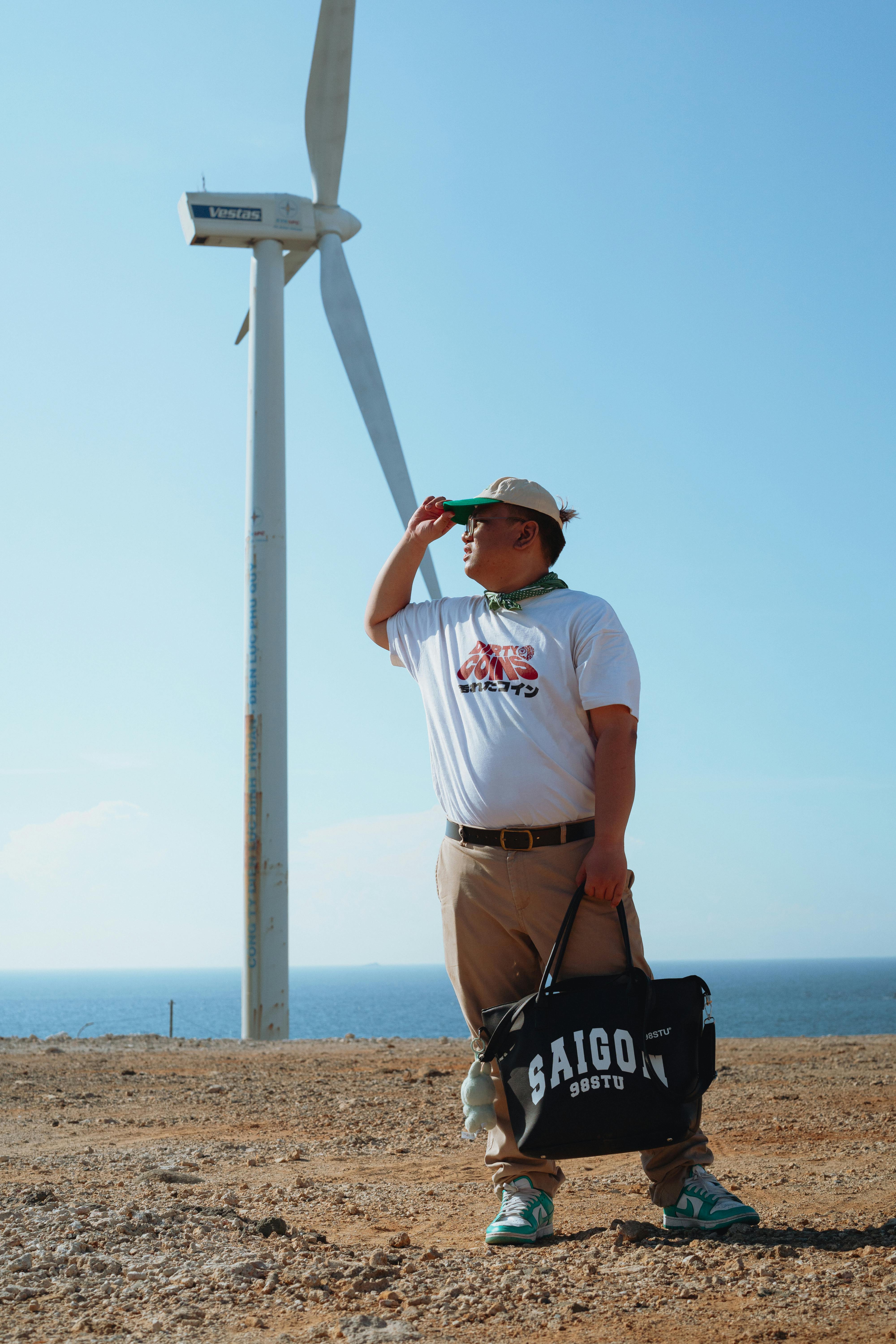The Ultimate Guide to Kitesurf Travel Bags
Traveling with kitesurfing gear can be a challenge, but with the right equipment, it becomes a seamless experience. One of the most important items you’ll need is a kitesurf travel bag. This guide will walk you through everything you need to know about choosing the best kitesurf travel bag, packing tips, and advanced techniques for safe and efficient travel.

Understanding the Fundamentals of Kitesurf Travel Bags
A kitesurf travel bag is designed specifically for the transportation of kitesurfing gear, ensuring that your kite, board, harness, and other accessories are safe during transit. These bags are often larger and sturdier than regular luggage, featuring padded compartments and rugged materials to withstand the wear and tear of travel.
Understanding the fundamentals of choosing a kitesurf travel bag involves knowing what to look for in terms of durability, size, and ease of use. The right bag not only protects your gear but also makes your travels easier by providing ample space and organization.
1.1 Importance of Size and Capacity
The size of the bag is crucial. A bag that is too small will cause you to overstuff it, risking damage to your gear. On the other hand, an overly large bag can be cumbersome and harder to manage. Look for a bag that fits your kitesurf gear snugly but leaves some space for other essentials like clothes and accessories.
Most kitesurf travel bags offer different sizes, often categorized by the number of kites and boards you need to carry. If you travel frequently or plan on carrying multiple kites, choose a larger bag with adjustable compartments for better organization.
1.2 Durability and Material Quality
When selecting a kitesurf travel bag, the durability of the material is essential. Look for bags made from waterproof, tear-resistant fabrics, such as high-density polyester or heavy-duty nylon. These materials ensure that the bag can withstand the elements and the stress of airline handling.
Additionally, pay attention to the quality of zippers, handles, and wheels. Reinforced zippers and strong handles are key features to ensure your bag holds up over time, especially during extended trips.
Practical Implementation Guide: Packing Your Kitesurf Travel Bag
Now that you understand the basics of a kitesurf travel bag, let’s dive into how to pack it properly for your next adventure. A well-packed kitesurf bag not only ensures the safety of your gear but also makes your travel experience smoother and more organized.

2.1 Actionable Steps for Packing
- Step 1: Start by packing your kite. Place the kite in the main compartment and make sure it is folded properly to avoid creases that could affect performance.
- Step 2: Next, pack the board. Place it at the bottom of the bag for stability. Use a board bag or protective sleeve to prevent scratches and dents.
- Step 3: Add the rest of your gear, such as the harness, pump, and wetsuit. Use smaller compartments to keep everything organized and easy to access.
2.2 Overcoming Common Packing Challenges
One of the most common challenges travelers face when packing a kitesurf travel bag is maximizing space without sacrificing protection. The key is to use your gear creatively to fill gaps. For example, you can roll your wetsuit and harness to fit snugly in empty spaces around your kite or board.
Another challenge is ensuring that fragile items, such as kite lines and pumps, are protected from damage. Use soft padding or even towels to protect these items and keep them from shifting during transit.
Advanced Applications: Optimizing Your Travel Bag for Long-Term Use
Once you’ve mastered the basics of packing a kitesurf travel bag, you can take your packing strategy to the next level. Advanced applications focus on improving efficiency and durability for long-term use.

3.1 Using Custom Padding and Organizers
For long-term use, consider adding custom padding to your kitesurf travel bag. Some bags come with removable foam inserts that you can adjust to fit your specific gear. This customization ensures that your gear is tightly secured and reduces the risk of damage from rough handling.
Additionally, using internal organizers such as mesh pockets or Velcro straps can help keep your small items from getting lost. These organizers are especially useful for storing your accessories like your harness, gloves, and wax.
3.2 Travel-Friendly Features
For frequent travelers, a travel-friendly kitesurf bag is essential. Look for bags that come with built-in wheels for easy maneuverability through airports or bus stations. Some bags even offer telescoping handles for additional convenience.
Another advanced feature is compression straps, which allow you to tighten the bag to reduce its volume. This feature is particularly useful if you’re traveling with a variety of gear and want to minimize bulk.
Future Outlook: What’s Next for Kitesurf Travel Bags?
As kitesurfing continues to grow in popularity, the demand for more efficient and durable kitesurf travel bags will also increase. We can expect to see innovations in materials, such as lighter yet more durable fabrics, and improvements in ergonomic designs that enhance comfort during travel.
In the next 3-5 years, we may see more specialized bags designed for specific gear types, as well as smart bags with GPS tracking and built-in charging ports for your devices. These advancements will make traveling with kitesurfing gear even more convenient and secure.
Conclusion
Choosing the right kitesurf travel bag is essential for protecting your gear and ensuring a hassle-free travel experience. By understanding the fundamentals of bag size, durability, and packing techniques, you can ensure that your kitesurfing gear arrives safely at your destination. Additionally, advanced features and customization options can help you optimize your bag for long-term use.
Now that you have the knowledge, it’s time to make an informed decision and invest in the best kitesurf travel bag for your needs. Start planning your next kitesurfing adventure and make packing easier than ever!
Frequently Asked Questions
- Q: How do I know which size kitesurf bag to choose? The size of your kitesurf bag depends on the amount of gear you need to carry. A 150-160 cm bag is typically sufficient for most riders, but if you travel with multiple kites or boards, a larger bag may be necessary.
- Q: Can I use a regular suitcase for kitesurfing gear? While you can use a regular suitcase, it is not recommended due to the lack of padding and durability. A dedicated kitesurf travel bag provides better protection for your gear during transit.
- Q: How long does it take to pack a kitesurf travel bag? Packing your kitesurf travel bag can take between 20-30 minutes, depending on how organized your gear is and the size of the bag. Planning ahead can speed up the process.
- Q: What is the cost of a kitesurf travel bag? The cost of a kitesurf travel bag can range from $100 to $300, depending on the brand, material, and features. Higher-end bags with reinforced wheels and customizable compartments tend to be more expensive.
- Q: What is the best travel bag for multiple kites and boards? A large kitesurf travel bag with a capacity of 160 cm or more is ideal for carrying multiple kites and boards. Look for bags with separate compartments to keep your gear organized.
- Q: Are there any special packing techniques for fragile kitesurf gear? Yes, to protect fragile gear such as kite lines and pumps, wrap them in soft padding, such as towels or foam. This will help prevent damage from rough handling.
- Q: Can I use my kitesurf bag for other types of gear? Yes, kitesurf travel bags are versatile and can be used for other types of gear, such as snowboards or surfboards, due to their large capacity and protective design.
